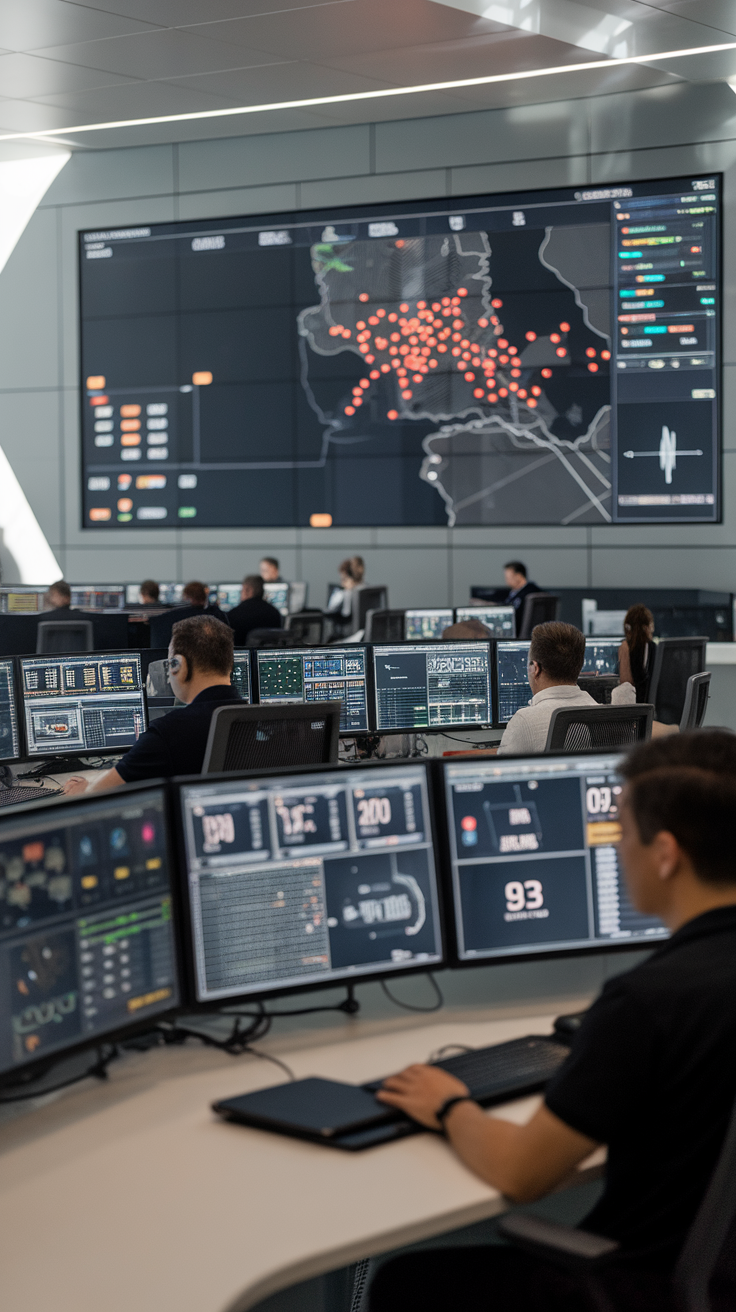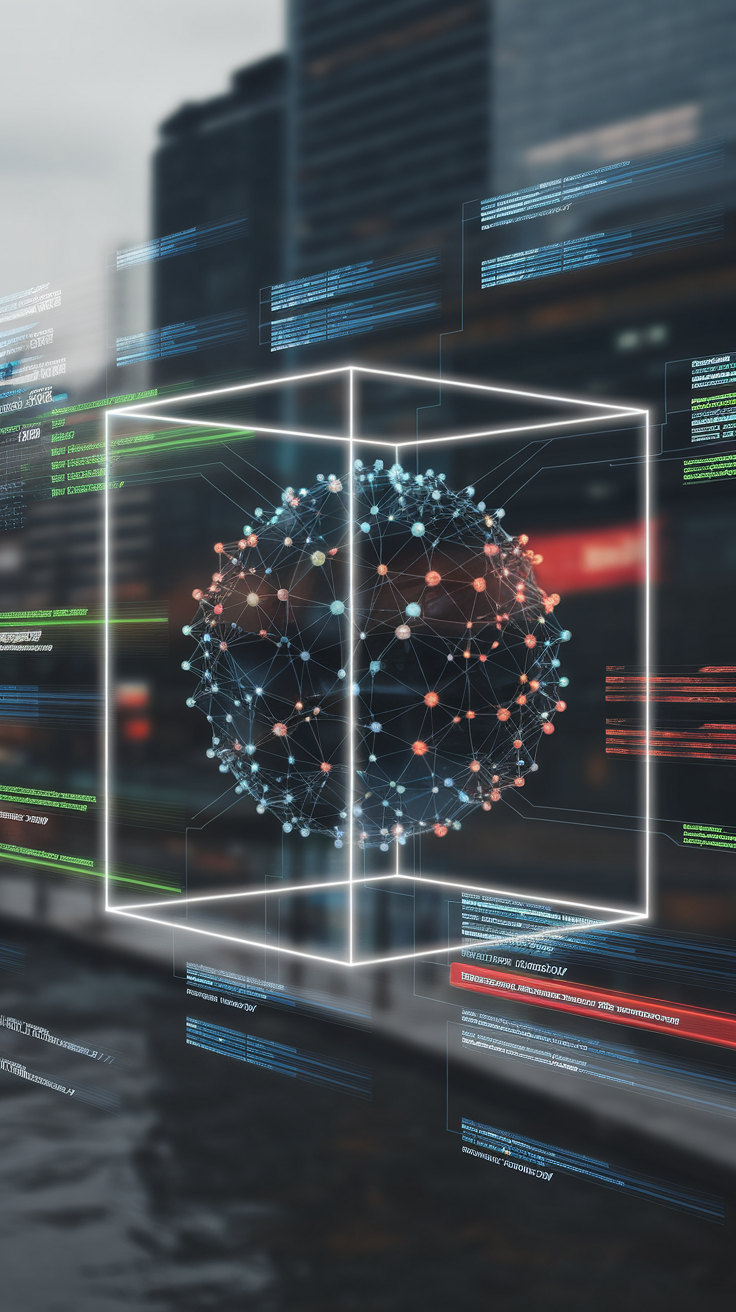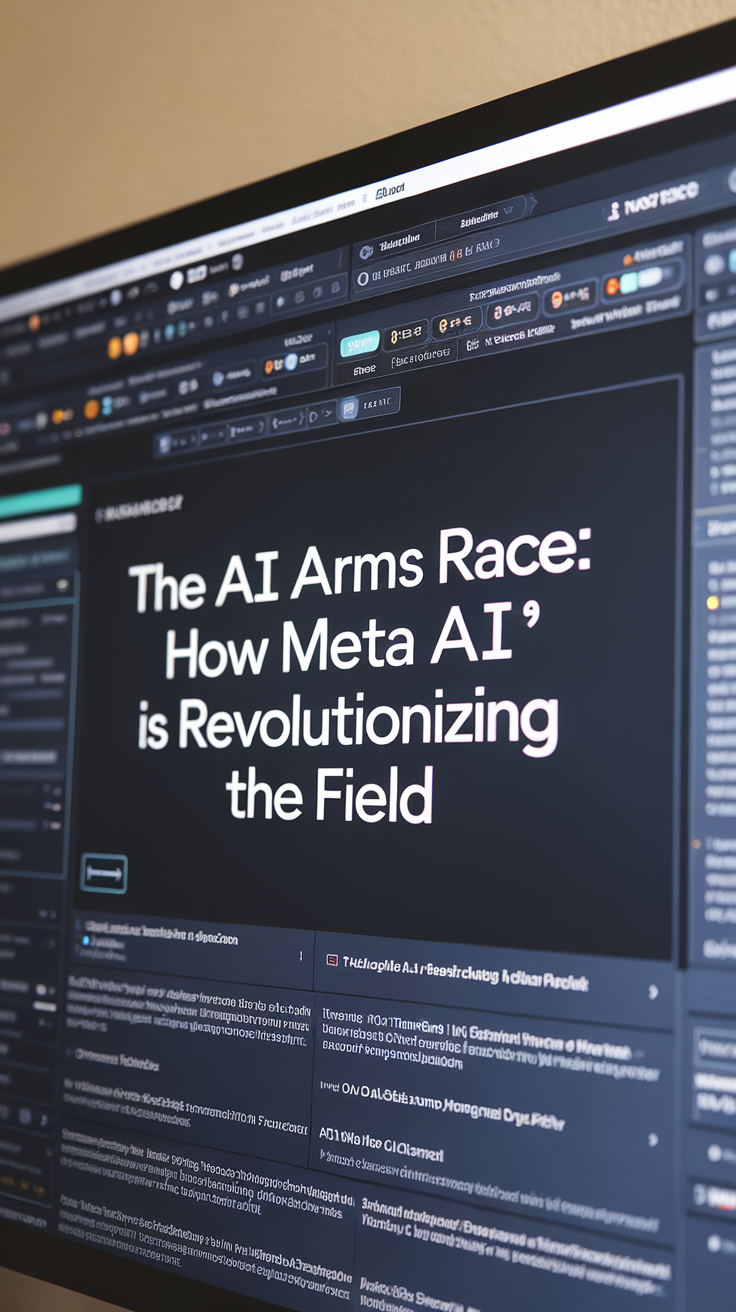AI-Powered Cybersecurity: The Next Evolution in Threat Detection
Last Updated: August 1, 2025 at 6:00:35 AM UTC
AI-powered cybersecurity is revolutionizing threat detection by enabling real-time monitoring, anomaly detection, and proactive incident response.

The rise of AI-powered cybersecurity marks a significant turning point in the war against cyber threats. Traditional methods of threat detection, relying on rule-based systems and manual analysis, are no longer sufficient in the face of increasingly sophisticated attacks. Artificial intelligence (AI) is transforming the cybersecurity landscape by empowering real-time monitoring, anomaly detection, and proactive incident response.
The Evolution of Threat Detection
Traditional threat detection methods rely on manual analysis and rule-based systems, which are prone to false positives and false negatives. These methods are also limited by the volume of data they can process, making it difficult to detect complex and evolving threats.
AI-powered threat detection, on the other hand, leverages machine learning algorithms to analyze vast amounts of data in real-time, identifying patterns and anomalies that may indicate a potential threat. AI can also analyze the behavior of malware and other malicious code, allowing for more effective detection and mitigation of attacks.
AI-Powered Threat Detection Capabilities
AI-powered threat detection solutions offer several key capabilities:
- Real-time Monitoring: AI-powered systems can monitor network traffic, system logs, and other data sources in real-time, identifying potential threats as they occur.
- Anomaly Detection: AI algorithms can detect anomalies in network traffic, system behavior, or other data sources, which may indicate a potential threat.
- Proactive Incident Response: AI-powered systems can respond to detected threats in real-time, automatically isolating affected systems, blocking malicious traffic, and initiating incident response procedures.
AI-Powered Threat Detection Benefits
The benefits of AI-powered threat detection are numerous:
- Improved Accuracy: AI-powered systems can detect threats with higher accuracy than traditional methods, reducing false positives and false negatives.
- Increased Efficiency: AI-powered systems can process vast amounts of data in real-time, freeing up security teams to focus on higher-level tasks.
- Enhanced Incident Response: AI-powered systems can respond to detected threats in real-time, reducing the impact of attacks and minimizing downtime.
Challenges and Limitations
While AI-powered threat detection offers numerous benefits, there are also challenges and limitations to consider:
- Data Quality: AI-powered systems rely on high-quality data to function effectively. Poor data quality can lead to inaccurate threat detection and false positives.
- Model Complexity: AI-powered systems can be complex and difficult to understand, making it challenging to identify and address biases and errors.
- Regulatory Compliance: AI-powered systems must comply with relevant regulations, such as GDPR and HIPAA, which can add complexity and overhead.
Conclusion/Key Takeaways
AI-powered threat detection is revolutionizing the cybersecurity landscape by enabling real-time monitoring, anomaly detection, and proactive incident response. While there are challenges and limitations to consider, the benefits of AI-powered threat detection make it an essential tool for any organization looking to stay ahead of the evolving threat landscape.
AI-powered threat detection is not a replacement for human expertise, but rather a powerful tool that can augment and enhance the capabilities of security teams.












